It was a cold winter day, and I was standing at the bus station, making misty clouds with my breath to pass the time. The loud rumbling of a diesel engine was cut by the squeaky sound of brakes, and a creamy white minibus appeared. The coach opened the door, didn't say a word, just flashed signature "V" sign with his fingers, smiled, and pushed me inside. It was game day!
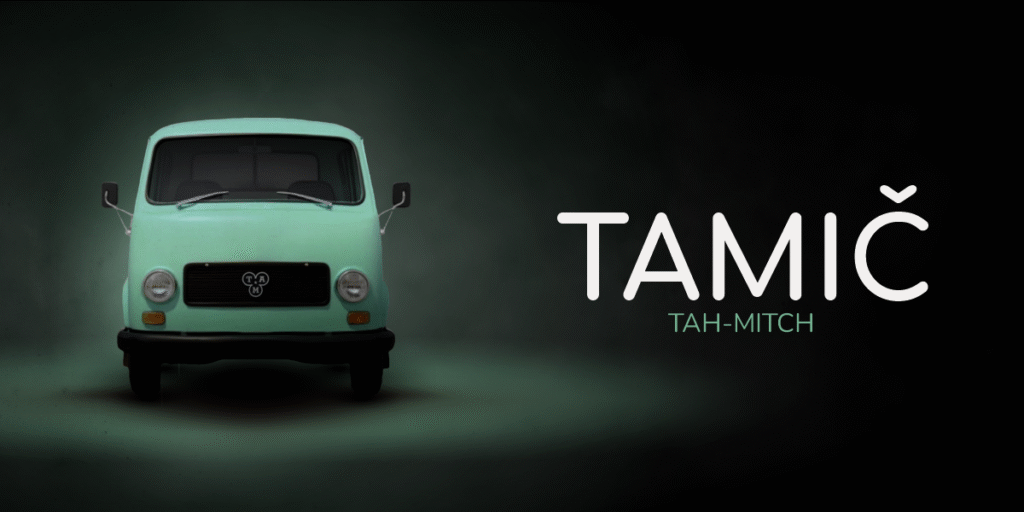
A tip-off
I was on the high school basketball team, and traveling to the games was just as epic as playing them. Especially for me, a benchwarmer who wasn’t interested in being the star player but rather a part of a group that shared the joy and suffering that sports bring. And suffer, we did. At practices, games, and even more on the road.
Our high school had this minibus, operated by a gym teacher and an assistant basketball coach who drove and took care of the beast. It was an old TAM 75, made in the 1960s or 1970s in a country that was already in the history books, Yugoslavia. But the vehicle still did the job well, especially on short distances. With a capacity of only 17 passengers, it was mostly used for after-school activities.
Sure, it was old, rusty, and filled with motor fumes, with bad heating and cassette stereo, which was basically useless, since the engine was too loud. It was uncomfortable, with benches instead of seats and not much room for our long legs. The old leaf suspension was so hard you could feel every tiny bump on the road.
But it was still legendary, an icon. People turned their heads when we passed them. It brought us great memories and united us more than the games sometimes. We would talk, or rather, scream at each other, sing, and make jokes while other cars overtook this slow machine. We’d complain about girls and comfort each other in bad times. This was the Tamič I knew.
So, what exactly is a Tamič, and why does it matter?

The Maker of Yugoslav Icon
Tamič was made by the TAM company from Maribor, Slovenia. The factory site was initially created in 1941 by German occupying forces for the production of aircraft components. After World War II, the factory was formally established in 1947 by the Yugoslav government, taking the name TAM, an acronym for “Tovarna avtomobilov Maribor” (Maribor Automobile Factory).
TAM’s first vehicle was the Pionir, a versatile truck manufactured under a Czechoslovak license, which quickly made the company the largest truck and bus manufacturer in Yugoslavia.
During its peak in the 1970s and 1980s, TAM employed over 8,000 workers and produced an impressive 7,000 vehicles annually. These vehicles were exported to markets all over the world, from Europe and Africa to Asia.
Following a period of economic decline and the dissolution of the original company in 1996, the TAM brand was eventually revived as TAM-Europe with investment from a Chinese company. The modern company now focuses on producing electric buses and airport shuttles, carrying on the legacy of the historic factory.

Small Truck, Big Impact
In the 1960s, the decision was made to create a smaller truck with a capacity under 2,000 kg (4,400 lb), and the TAM 2000 was born, fondly nicknamed Tamič, meaning “a little TAM.” Its versatility, simplicity, and durability quickly made it one of the company’s most successful products.
Its short wheelbase of 2,600 mm (102 inches) made it perfect for navigating narrow city streets and rural roads. The initial 60 hp engine was later upgraded to 70, 80, and even 90 hp, giving it a top speed of 90 km/h (56 mph). Operating it required strength in both arms and legs due to its lack of modern assistance systems. However, this simplicity also gave the Tamič its robustness and made it relatively easy to repair.
A variety of models and versions were made, from light-duty trucks and people transporters to specialized vehicles such as ambulances, fire trucks, utility and military vehicles. Its simple design was also perfect for aftermarket modifications, such as camper conversions. You can read how it inspired me as a child in the article The Journey Begins: Why Domovago?
An excellent vintage Tamič is preserved and can be seen at the Museum Žeravica in Serbia.
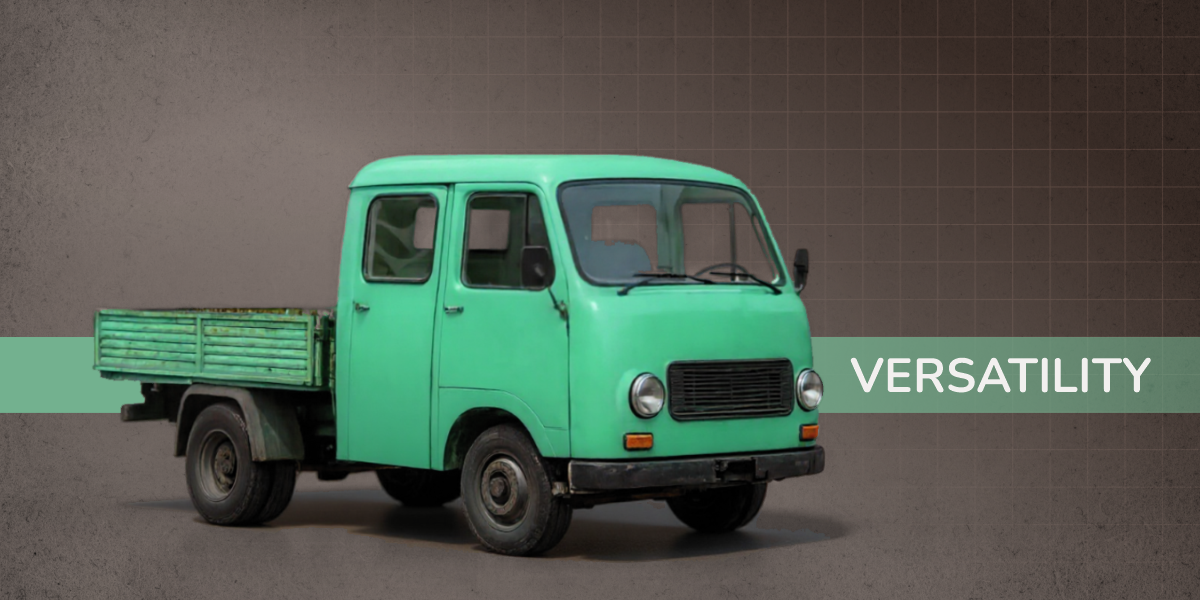


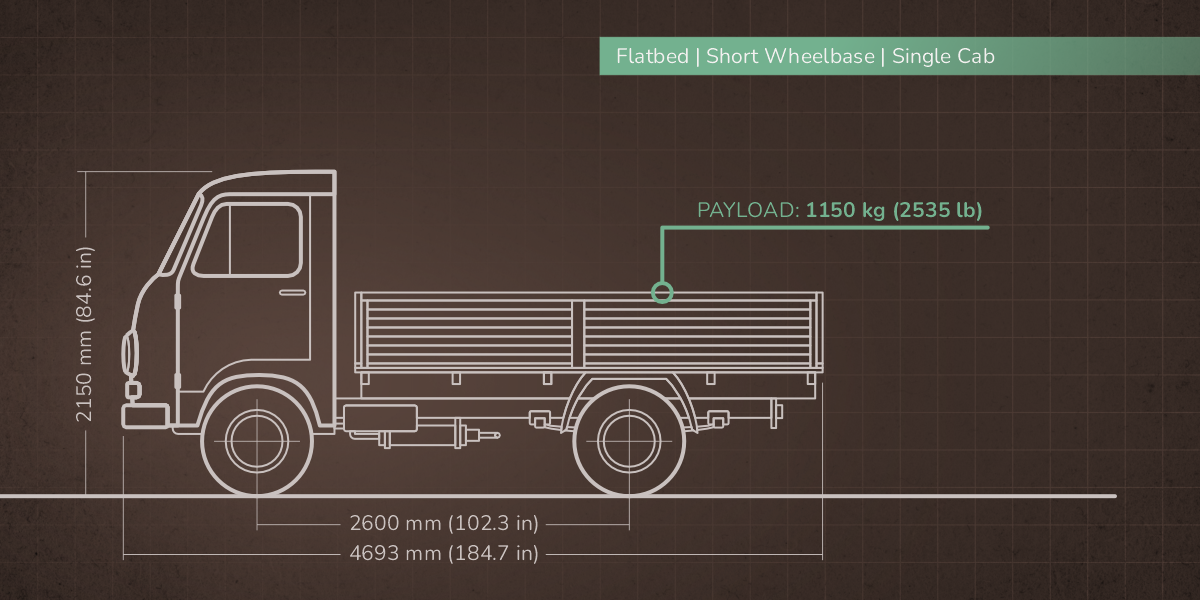


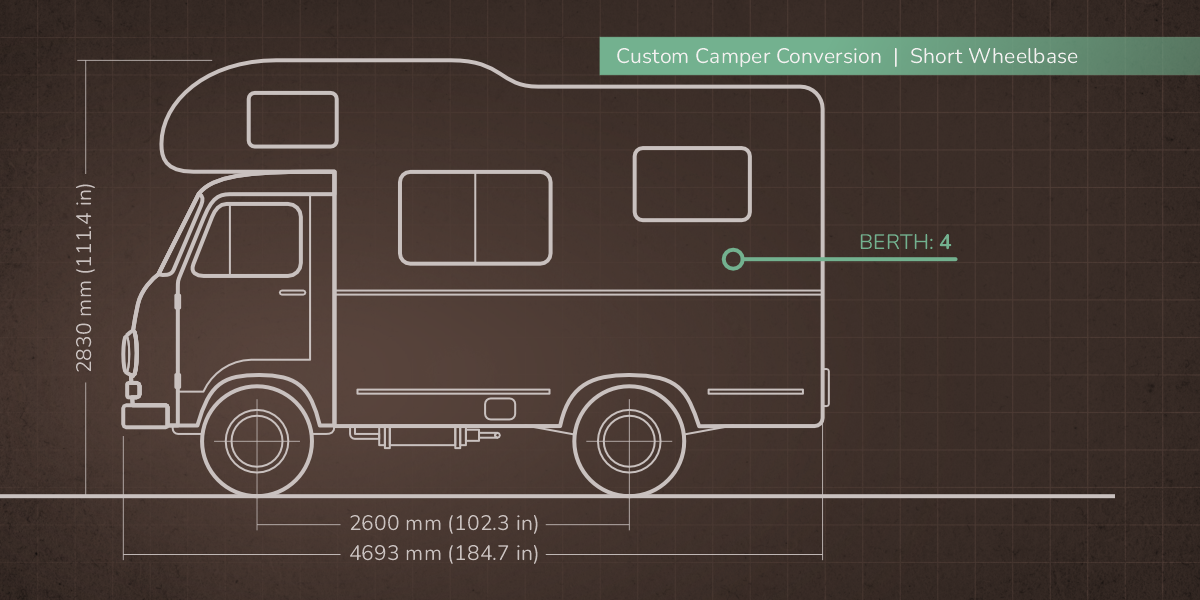
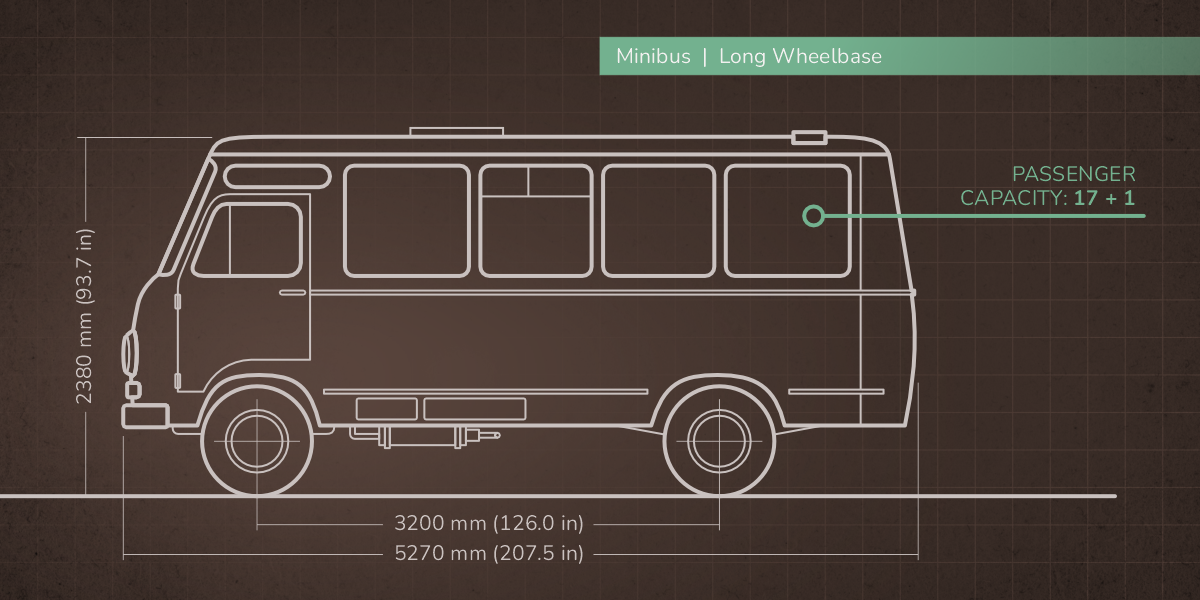
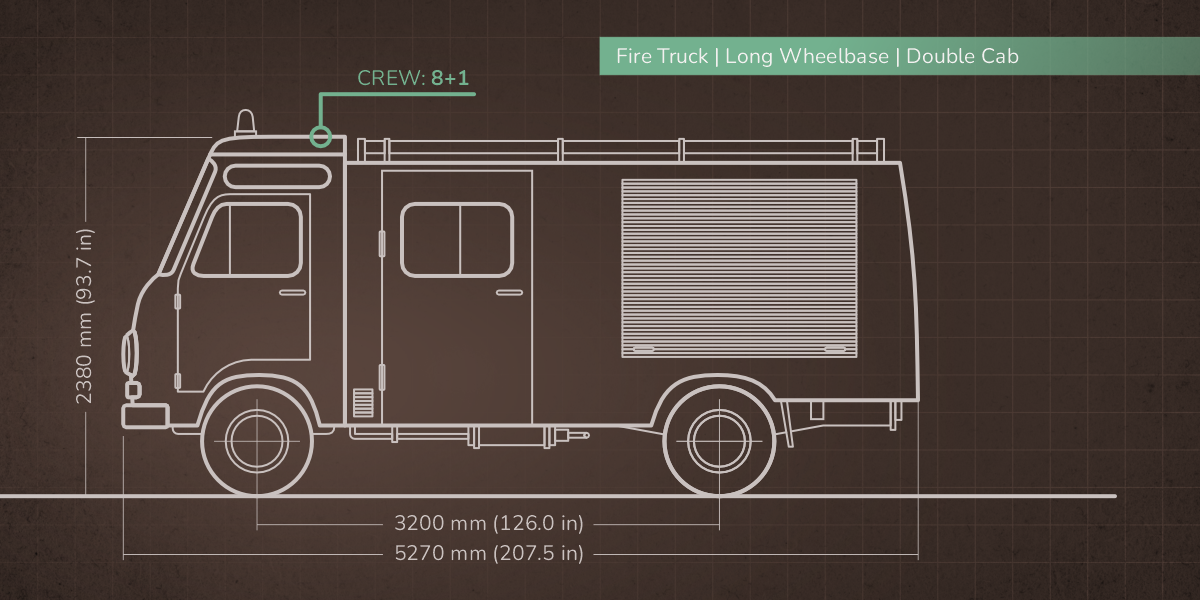
The Legacy: Lessons for Domovago
Although their production was discontinued decades ago, many Tamič trucks can still be found on the Balkan roads today. This incredible longevity and enduring spirit are the primary reasons it is an inspiration for Domovago.
The Tamič’s success was not built on complex technology but on a foundation of simplicity, robust design, and ease of maintenance. This is the core lesson for Domovago.
If you own a Tamič, I would love to take a closer look and, with your permission, try to drive it. It would make a great follow-up story.
Key Takeaways
- Durability is Timeless: Simple, robust engineering creates vehicles that stand the test of time.
- Simplicity is Key: Straightforward design makes it easy to use and maintain.
- Modularity Fuels Creativity: Versatile platform allows a wide range of applications.
Credits
- Written by: DB
- Images: DB, Freepik, Regional Archives Maribor